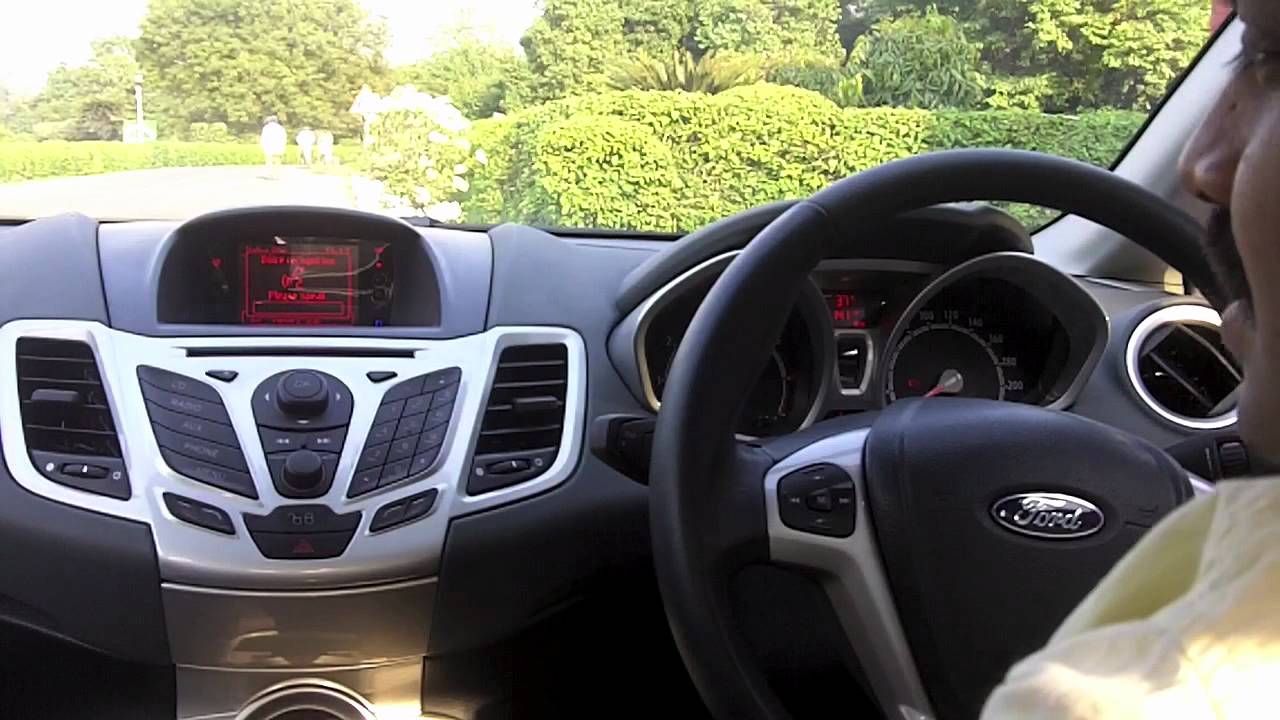Unit 4: Approaching to turn left
Unit 5: Approaching to turn right
Unit 6: Emerging to turn left and right

Unit 4: Approaching to turn left
Unit 5: Approaching to turn right
Unit 6: Emerging to turn left and right


This list is by no means exhaustive, however, if you can spot and sort out these problems you should be able to get through your first controls lessons easily and have a good basis for gaining further experience and learning from your customers.
The headings below relate to basic errors and their correction and assume that the errors are caused directly by the actions of the learner. However, as with all lessons, you must always be certain that you are not contributing to the error.
Immediately say 'Stop!' and then explain the danger of not looking.
Discuss the dangers that these are greater when opening the driver's door (and why).
Make sure that the doors are correctly closed. Is the learner trying to close the door with their right hand? Using the left hand gives more leverage when closing the door - also research the 'Dutch reach' for safety information about opening the driver's door.
Does the learner recognise when the doors are closed?
Make sure they look for the line of the car in the mirrors and understand that the door should not rattle.
At this early stage you need to ensure that your learner is listening to your instructions and information (and that your instructions are delivered in a way that the learner can clearly understand). Do not assume, for example, that the fact you have said "press the clutch down to the floor" will mean that the learner will actually do it!
Watch to ensure that the clutch is pressed fully with the leg bent slightly at the knee while being supported by the seat. A poor seating position will result in difficulties with control and also lead to fatigue. If a driver gets into the habit of driving with a poorly adjusted seat this could prove fatal on long journeys after passing the test.
Does your learner fully understand why the seatbelt webbing should not be twisted?
Check to ensure that the belt is flat and over the hips with the shoulder belt lying central across the body.
Note: Under NO circumstances should you adjust your learner's seatbelt - apart from the fact that they are perfectly capable of doing this for themselves, such close physical contact could result in a complaint for assault. A conviction in these circumstances would lead to you losing your ADI licence and it's unlikely that you would ever be able to get it back again.
Some learners will consciously/unconsciously lean forwards in their seat, it's important that you nip this habit in the bud. An easy way to ensure that the seat back is correctly adjusted is to ask the learner to rest their wrists on the top of the steering wheel while being fully supported by the seat.
As part of the seat back adjustment, ensure that the head restraints are correctly adjusted.
The most common reason for incorrectly adjusted mirrors is that the learner is not sitting correctly when adjustment is made.
If the learner needs to lean forward to adjust the mirrors, ensure that he/she sits back to check them after making the adjustment.
Positioning the right foot in line with the accelerator rather than between the accelerator and footbrake
Reinforce the information about pivoting the right foot and ensure that the foot is positioned correctly.
Explain that the brake needs firm sustained pressure and that stamping could cause a skid, then get the learner to practise again.
Not pressing the clutch pedal down fully during a dry run of the gears
Watch for this and explain the problems that will arise if this is done when the engine is running (and/or practise with the engine running).
Does your learner understand the purpose of the ratchet on a lever handbrake? Does he/she understand the handbrake will need to be pulled on slightly to press the button in?
Has the learner got a physical difficulty with the arm, hand or thumb?
Is the learner holding the gear lever effectively for gear changing?
Problems include gripping too tight; not palming; not relaxing as the lever passes through neutral. Encourage your learner to sit back and relax without looking at the gear lever. Explain the 'palming' method for changing gear if the learner has difficulty selecting gears.
This problem can also be caused by an incorrect seating position.
Learners will often grip the steering with thumbs in... Explain that the main pressure is from the palms and that a tight grip reduces feel for the steering.
Also keep an eye on the hand position.
Ensure that your learner understands that steering column controls are designed for fingertip control.
Before moving to the next unit complete the 20 multiple choice questions, 6 foundation questions, your reflective notes and, if you are completing this course with practical training, make a note of any questions that you wish to ask your trainer.
Next: Questions & Reflection...